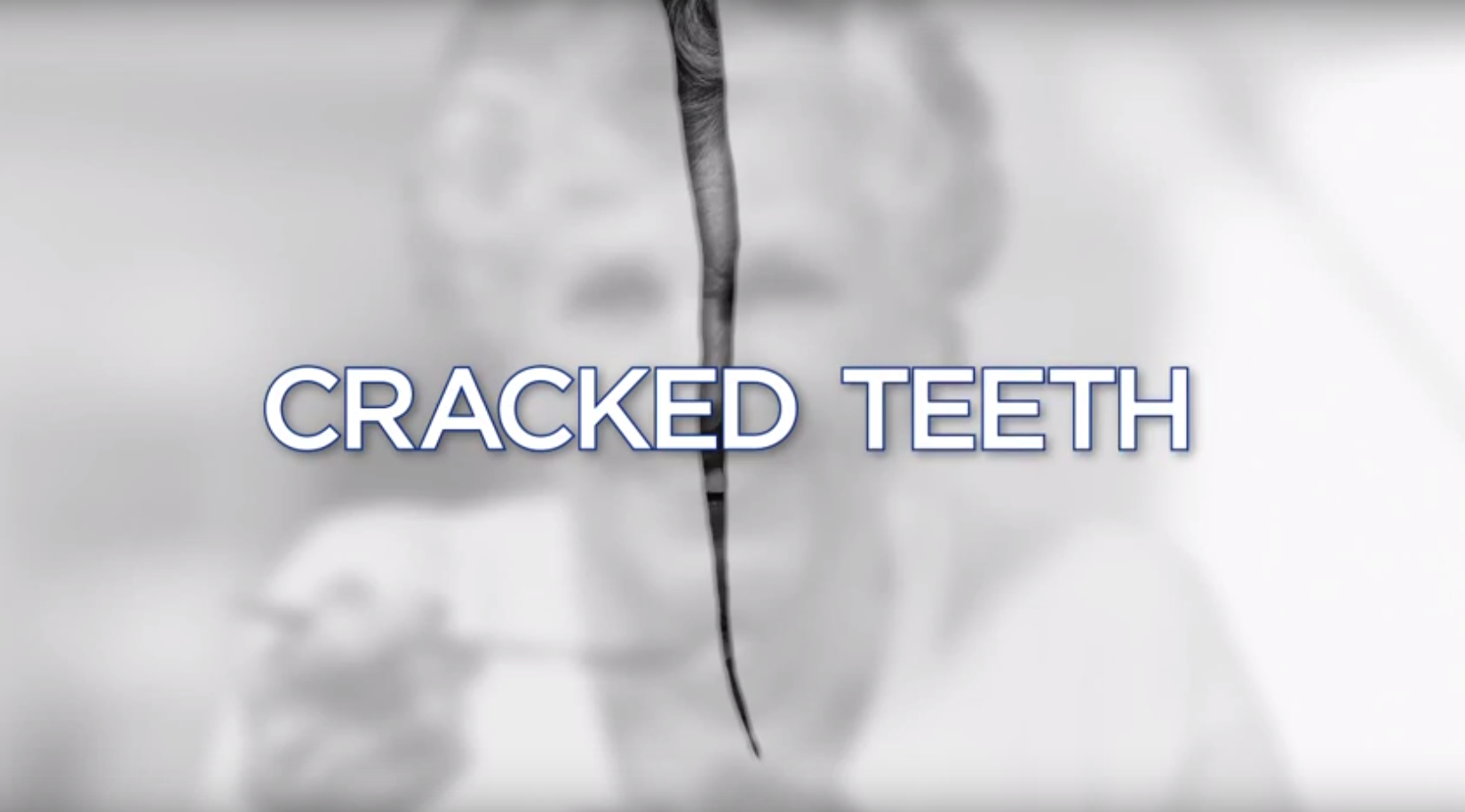Cracked Teeth
Why Does A Cracked Tooth Hurt
To understand why a cracked tooth hurts, it helps to know something about the anatomy of the tooth. Inside the tooth, under the white enamel and hard layer called the dentin, is the inner soft tissue called the pulp. The pulp contains blood vessels, nerves, and connective tissue.
When the outer hard tissues of the tooth are cracked, chewing can cause movement of the pieces and the pulp can become irritated. When biting pressure is released, the crack can close quickly, resulting in a momentary, sharp pain. Irritation of the dental pulp can be repeated many times by chewing. Eventually, the pulp will become damaged to the point that it can no longer heal itself. The tooth will not only hurt when chewing, but may also become sensitive to temperature extremes. In time, a cracked tooth may begin to hurt all by itself. Extensive cracks can lead to infection of the pulp tissue, which can spread to the bone and gum tissue surrounding the tooth.
understanding cracked teeth
This short video will help you understand different types of cracks and how they can affect your teeth. It will also help you understand some of the advanced treatments available to fix them.
Types of Cracks
There are many different types of cracked teeth. The treatment and outcome for your tooth depends on the type, location and severity of the crack.
Craze Lines
Craze lines are tiny cracks that affect only the outer enamel. These cracks are extremely common in adult teeth. Craze lines are very shallow, cause no pain and are of no concern beyond appearances.
Fractured Cusp
When a cusp (the pointed part of the chewing surface) becomes weakened, a fracture sometimes results. The weakened cusp may break off by itself or may have to be removed by the dentist. When this happens, the pain will usually be relieved. A fractured cusp rarely damages the pulp, so root canal treatment is seldom needed. The tooth will usually be restored by your dentist with a full crown.
Cracked Tooth
This crack extends from the chewing surface of the tooth vertically towards the root. A cracked tooth is not completely separated into two distinct segments. Because of the position of the crack, damage to the pulp is common. Root canal treatment is frequently needed to treat the injured pulp. Your dentist will then restore your tooth with a full crown to bind and protect the cracked tooth. At times, the crack may extend below the gum line, requiring extraction.
Early diagnosis is important. Even with high magnification and special lighting, it is sometimes difficult to determine the extent of a crack. A cracked tooth that is not treated will progressively worsen, eventually resulting in the loss of the tooth. Early diagnosis and treatment are essential in saving these teeth.
Split Tooth
A split tooth is often the result of the long-term progression of a cracked tooth. The split tooth is identified by a crack with distinct segments that can be separated. If possible, the cracked part of the tooth is removed, and the tooth is then restored with a filling or crown. However, if the crack extends below the bone, the tooth will need to be extracted since these types of cracks cannot be repaired.
Vertical Root Fracture
Vertical root fractures are cracks that begin in the root of the tooth and extend toward the chewing surface. They often show minimal signs and symptoms and may therefore go unnoticed for some time. Vertical root fractures are often discovered when the surrounding bone and gum become infected. Treatment usually involves extraction of the tooth. However, endodontic surgery is sometimes appropriate if a portion of the tooth can be saved by removal of the fractured root.
Will My Tooth Completely Heal?
Unlike a broken bone, the fracture in a cracked tooth will never heal. In spite of treatment, some cracks may continue to progress and separate, resulting in loss of the tooth. Placement of a crown on a cracked tooth provides maximum protection but does not guarantee success in all cases.
The treatment you receive for your cracked tooth is important because it will relieve the pain and reduce the likelihood that the crack will worsen. Once treated, most cracked teeth continue to function and provide years of comfortable chewing. Talk to your dentist or endodontist about your particular diagnosis and treatment recommendations. Your dental team will advise you on how to keep your natural teeth and achieve optimum dental health.

